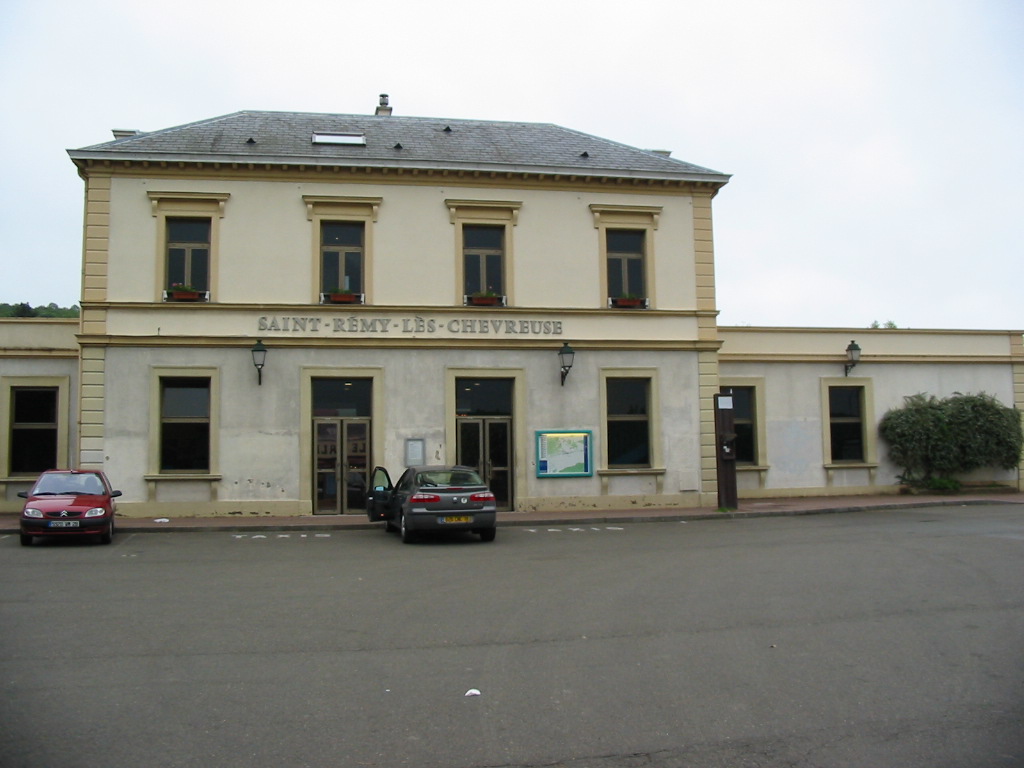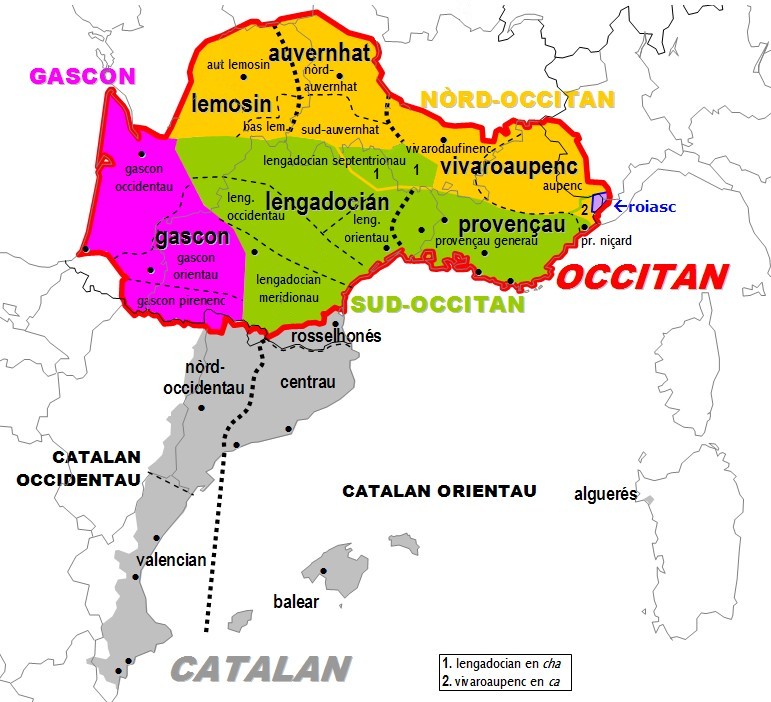|
Murviel-lès-Montpellier
Murviel-lès-Montpellier (, literally ''Murviel near Montpellier''; Languedocien: ''Mervièlh'') is a commune in the Hérault department in the Occitanie region in southern France. The Oppidum d'Altimurium, also known as the ''Oppidum Murviel-les-Montpellier'', is an ancient hill-town (or ''oppidum'') located near the village. Agénor Azéma de Montgravier, pioneering archaeologist, carried out excavations in the mid 19th century at the Roman ruins of Murviel-lès-Montpellier on behalf of the ''Commission de la Carte des Gaules''. An archaeological museum with some artifacts from the site is located in Murviel-les-Montpellier. Population See also *Communes of the Hérault department The following is a list of the 342 Communes of France, communes of the Hérault Departments of France, department of France. The communes cooperate in the following Communes of France#Intercommunality, intercommunalities (as of 2020): Reference ...
|
Murviel-lès-Montpellier Chevet
Murviel-lès-Montpellier (, literally ''Murviel near Montpellier''; Languedocien: ''Mervièlh'') is a commune in the Hérault department in the Occitanie region in southern France. The Oppidum d'Altimurium, also known as the ''Oppidum Murviel-les-Montpellier'', is an ancient hill-town (or ''oppidum'') located near the village. Agénor Azéma de Montgravier, pioneering archaeologist, carried out excavations in the mid 19th century at the Roman ruins of Murviel-lès-Montpellier on behalf of the ''Commission de la Carte des Gaules''. An archaeological museum with some artifacts from the site is located in Murviel-les-Montpellier. Population See also *Communes of the Hérault department The following is a list of the 342 communes of the Hérault department of France. The communes cooperate in the following intercommunalities (as of 2020): [...More Info...] [...Related Items...] OR: [Wikipedia] [Google] [Baidu] |
Oppidum D'Altimurium
The Oppidum d’Altimurium, also known as the ''Oppidum Murviel-les-Montpellier'', is an ancient hill-town (or ''oppidum'') near the village of Murviel-lès-Montpellier, France, located between Montpellier and Béziers. It has been listed since 1896 as a ''monument historique'' by the French Ministry of Culture. Oppidum pré-romain ou site archéologique de l'agglomération antique du Castellas The site, which overlooks the Montpellier garrigue at 190m altitude and covers about 20 hectares, is one of the largest hill forts in the region, on par with those of Ensérune or Ambrussum.Oppidum d’Altimurium decouverte34.com It was founded in the 2nd century BC, and was protected by a 1st-century BC wall almost 2 km long. The city was divided into two zones: the upper town atop the hill and the lower town on ... [...More Info...] [...Related Items...] OR: [Wikipedia] [Google] [Baidu] |
Montpellier Méditerranée Métropole
Montpellier Méditerranée Métropole is the ''métropole'', an intercommunal structure, centred on the city of Montpellier. It is located in the Hérault department, in the Occitanie region, southern France. It was created in January 2015, replacing the previous ''Communauté d'agglomération de Montpellier''. Its area is 421.8 km2. Its population was 481,276 in 2018, of which 290,053 in Montpellier proper.Comparateur de territoire INSEE. 4 April 2022. History The district of Montpellier was created in 1965. In 2001, it became an (). On January 1, 2015, the Métropolian community r ...[...More Info...] [...Related Items...] OR: [Wikipedia] [Google] [Baidu] |
Oppidum
An ''oppidum'' (plural ''oppida'') is a large fortified Iron Age settlement or town. ''Oppida'' are primarily associated with the Celtic late La Tène culture, emerging during the 2nd and 1st centuries BC, spread across Europe, stretching from Britain and Iberia in the west to the edge of the Hungarian plain in the east. These settlements continued to be used until the Romans conquered Southern and Western Europe. Many subsequently became Roman-era towns and cities, whilst others were abandoned. In regions north of the rivers Danube and Rhine, such as most of Germania, where the populations remained independent from Rome, ''oppida'' continued to be used into the 1st century AD. Definition is a Latin word meaning 'defended (fortified) administrative centre or town', originally used in reference to non-Roman towns as well as provincial towns under Roman control. The word is derived from the earlier Latin , 'enclosed space', possibly from the Proto-Indo-European , 'occupi ... [...More Info...] [...Related Items...] OR: [Wikipedia] [Google] [Baidu] |
Agénor Azéma De Montgravier
Michel Auguste Martin Agénor Azéma de Montgravier (28 October 1805, in Béziers – 14 September 1863, in Montpellier) was a French archaeologist and soldier. Career He was one of the most distinguished students at the ''École Polytechnique'' from 1825 to 1828, then started his military career in the artillery. Promoted to lieutenant in 1831, captain in 1837 and then ''Chef d'escadron'' (Major or Commandant) in 1850, he completed his military career as deputy director of the ''Ecole d'Artillerie de Montpellier'', to which he was appointed in 1859. Montgravier spent three periods in Algeria, from 1832 to 1834, from 1839 to 1845, and finally from 1846 to 1851. In the first two periods he acted as Officer for Arab affairs, and in the third period he started as assistant officer in the Oran bureau, becoming chief officer in 1849 and then moving on in 1850 to the advisory committee on Algeria at the Ministry of War. Archaeology He was passionate about antiques, and was one of the pio ... [...More Info...] [...Related Items...] OR: [Wikipedia] [Google] [Baidu] |
Communes Of The Hérault Department
The following is a list of the 342 communes of the Hérault department of France. The communes cooperate in the following intercommunalities (as of 2020):BANATIC Périmètre des EPCI à fiscalité propre. Accessed 3 July 2020. * * * |
Communes Of France
The () is a level of administrative division in the French Republic. French are analogous to civil townships and incorporated municipalities in the United States and Canada, ' in Germany, ' in Italy, or ' in Spain. The United Kingdom's equivalent are civil parishes, although some areas, particularly urban areas, are unparished. are based on historical geographic communities or villages and are vested with significant powers to manage the populations and land of the geographic area covered. The are the fourth-level administrative divisions of France. vary widely in size and area, from large sprawling cities with millions of inhabitants like Paris, to small hamlets with only a handful of inhabitants. typically are based on pre-existing villages and facilitate local governance. All have names, but not all named geographic areas or groups of people residing together are ( or ), the difference residing in the lack of administrative powers. Except for the municipal arrondi ... [...More Info...] [...Related Items...] OR: [Wikipedia] [Google] [Baidu] |
Lès
The word ''lès'' (, and with liaison) is an archaic French preposition meaning "near", "next to". Today it occurs only in place names to distinguish places of the same name. The word ''lès'' has two variants: ''lez'' and ''les''. The latter should not be confused with the plural definite article ''les'' (e.g. ''les-Bains'', "the Baths"). Etymology The word ''lès'' and its variants derive from late Latin ''latus'', "side". Examples Lès * Villeneuve-lès-Avignon, near Avignon * Beaumont-lès-Valence, near Valence * Saint-Rémy-lès-Chevreuse, near Chevreuse * Margny-lès-Compiègne, near Compiègne * Asnières-lès-Dijon, near Dijon * Fontaine-lès-Dijon, near Dijon * Hauteville-lès-Dijon, near Dijon * Neuilly-lès-Dijon, near Dijon * Perrigny-lès-Dijon, near Dijon * Plombières-lès-Dijon, near Dijon * Sennecey-lès-Dijon, near Dijon * Garges-lès-Gonesse, near Gonesse * Bonchamp-lès-Laval, near Laval * Fontaine-lès-Luxeuil, near Luxeuil-les-Bains * Sainte-Foy- ... [...More Info...] [...Related Items...] OR: [Wikipedia] [Google] [Baidu] |
Montpellier
Montpellier (, , ; oc, Montpelhièr ) is a city in southern France near the Mediterranean Sea. One of the largest urban centres in the region of Occitania (administrative region), Occitania, Montpellier is the prefecture of the Departments of France, department of Hérault. In 2018, 290,053 people lived in the city, while its Functional area (France), metropolitan area had a population of 787,705.Comparateur de territoire INSEE, retrieved 20 June 2022. The inhabitants are called Montpelliérains. In the Middle Ages, Montpellier was an important city of the Crown of Aragon (and was the birthplace of James I of Aragon, James I), and then of Kingdom of Majorca, Majorca, before its sale to France in 1349. Established in 1220, the University of Montpellier is one of the List of oldest univ ... [...More Info...] [...Related Items...] OR: [Wikipedia] [Google] [Baidu] |
Languedocien Dialect
Languedocien (French name, ), Languedocian or Lengadocian (), is an Occitan dialect spoken in rural parts of southern France such as Languedoc, Rouergue, Quercy, Agenais and Southern Périgord. It is sometimes also called Languedocien-Guyennais. Due to its central position among the dialects of Occitan, it is often used as a basis for a Standard Occitan. About 10% of the population of Languedoc are fluent in the language (about 300,000), and another 20% (600,000) "have some understanding" of the language. All speak French as their first or second language. Geographic distribution Languedocien is spoken in certain parts of three French regions. * Occitanie: Aveyron, Lot, Tarn, Tarn-et-Garonne except Lomagne, Ariège (except a western part), Haute-Garonne (except the districts of Saint-Gaudens and Muret), Aude, Hérault, Lozère, western and northern parts of Gard and Fenouillèdes. * Nouvelle-Aquitaine: south of the Dordogne, east of the Gironde, north-eastern two-thirds of L ... [...More Info...] [...Related Items...] OR: [Wikipedia] [Google] [Baidu] |
Hérault
Hérault (; oc, Erau, ) is a department of the region of Occitania, Southern France. Named after the Hérault River, its prefecture is Montpellier. It had a population of 1,175,623 in 2019.Populations légales 2019: 34 Hérault INSEE History [...More Info...] [...Related Items...] OR: [Wikipedia] [Google] [Baidu] |
Departments Of France
In the administrative divisions of France, the department (french: département, ) is one of the three levels of government under the national level ("territorial collectivities"), between the administrative regions and the communes. Ninety-six departments are in metropolitan France, and five are overseas departments, which are also classified as overseas regions. Departments are further subdivided into 332 arrondissements, and these are divided into cantons. The last two levels of government have no autonomy; they are the basis of local organisation of police, fire departments and, sometimes, administration of elections. Each department is administered by an elected body called a departmental council ( ing. lur.. From 1800 to April 2015, these were called general councils ( ing. lur.. Each council has a president. Their main areas of responsibility include the management of a number of social and welfare allowances, of junior high school () buildings and technical staff, ... [...More Info...] [...Related Items...] OR: [Wikipedia] [Google] [Baidu] |



